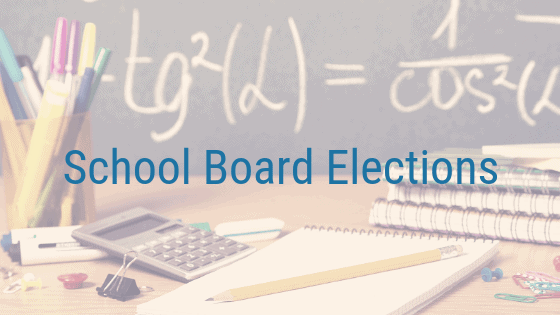Do You Know How Your School Board is Voting?
You know your local school board is out there. But do you know what that school board is doing? Do you know how school board members are voting? What issues they are debating?
School Board Elections Essentials
Many local residents do not – despite the fact that your school board is making decisions that affect the character and quality of education at every public school near you. If you have children in the public school system – or if you hope to hire capable, competent employees from the schools near your company’s offices or facilities – then you have a clear interest in knowing how what your school board members are voting on as well as how they are voting.
In most of America’s more than 16,000 school districts, local school boards are elected by members of the general public. In some districts, particularly in large districts, the board members may be appointed. Each board member serves a term of two to four years and during that time serves on one or more committees – focusing on property and finance, pupil services, education, personnel, and other matters.


What Happens Behind the Closed Door
The committee rooms are where the critical work takes place, as this is where board members receive petitions, propose motions, solicit input from experts and concerned citizens, and ultimately vote to approve a matter for full board approval.
Once voted out of committee, individual committee chairs will present the committees’ decisions for adoption at a meeting of the full board. Once the full board hears the committee’s recommendation, the full board votes whether to approve the recommendations. If approved, each approved motion effectively becomes the policy for the district.
At each of these stages, you have a chance to hear what your school board members are thinking and influence how they are voting. Some smaller districts may still conduct voice votes – and if an issue is contentious it may be hard to determine who’s voting yes, no, or abstain on an issue. Other school boards are moving to electronic voting systems, which can showcase votes in real-time on a projector screen – so even in a large room or in a contentious setting it’s easy to see and capture the record how each board member votes.
If you find yourself disagreeing with a board member’s position, then maybe it’s time to step up and run yourself. Next time there’s a local election, you could find yourself casting a vote for yourself to steer your board in a better direction.

